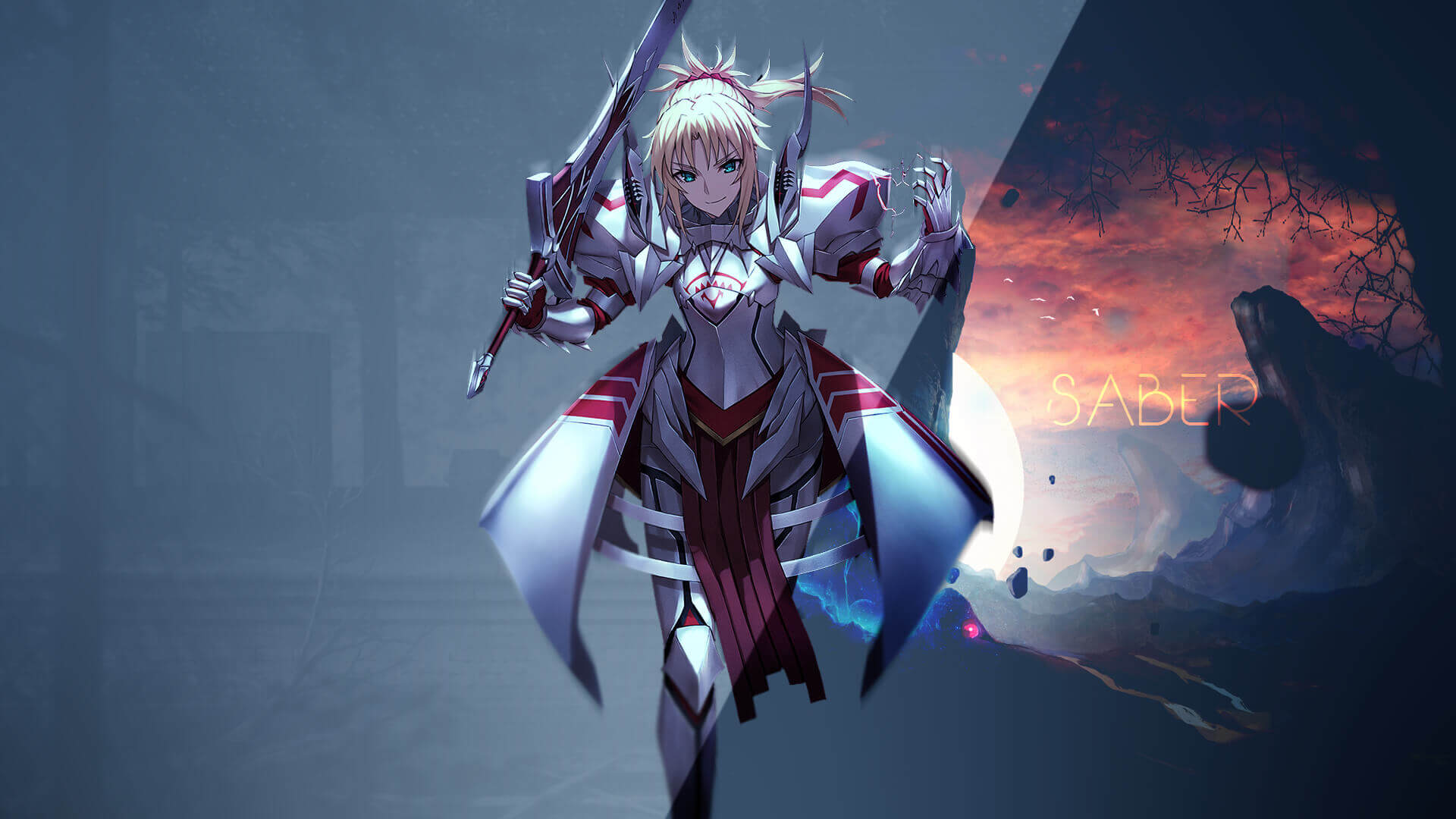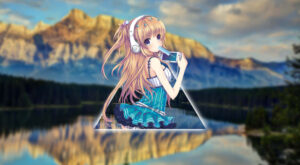This Story Behind Anime Will Haunt You Forever!
Ut enim ad minima veniam quis nostrum exercitationem ullam corporis suscipit laboriosam
Lorem ipsum dolor sit amet, consectetur adipisicing elit, sed do eiusmod tempor incididunt ut labore et dolore magna aliqua.
Ut enim ad minim veniam, quis nostrud exercitation ullamco laboris nisi ut aliquip ex ea commodo consequat. Duis aute irure dolor in reprehenderit in voluptate velit esse cillum dolore eu fugiat nulla pariatur.
Excepteur sint occaecat cupidatat non proident, sunt in culpa qui officia deserunt mollit anim id est laborum. Sed ut perspiciatis unde omnis iste natus error sit voluptatem accusantium doloremque laudantium, totam rem aperiam, eaque ipsa quae ab illo inventore veritatis et quasi architecto beatae vitae dicta sunt explicabo.
Sed ut perspiciatis unde omnis iste natus error sit voluptatem accusantium in reprehenderit in voluptate velit esse cillum dolore eu fugiat nulla pariatur
Nemo enim ipsam voluptatem quia voluptas sit aspernatur aut odit aut fugit, sed quia consequuntur magni dolores eos qui ratione voluptatem sequi nesciunt. Neque porro quisquam est, qui dolorem ipsum quia dolor sit amet, consectetur, adipisci velit, sed quia non numquam eius modi tempora incidunt ut labore et dolore magnam aliquam quaerat voluptatem.


























Commenter 334
s egestas. Sed ut magna quis felis congue commodo. Fusce dictum hendrerit dolor. Donec commodo euismod dolor. Curabitur nibh. Vestibulum ut risus. Integer laoreet, ipsum congue congue suscipit, ipsum est molestie dolor, consectetur tempus justo lectus ac mauris.
Integer vulputate molestie quam. Vestibulum et nisi. Nullam in magna quis libero posuere vestibulum. Donec mi leo, elementum ut, tincidunt at, condimentum eu, est. Donec sed nisl ac justo consectetur viverra. Nulla volutpat est vitae nisl. Nullam aliquam ipsum a arcu facilisis adipiscing. Pellentesque cursus. Cum sociis natoque penatibus et magnis dis parturient montes, nascetur ridiculus mus. Nulla gravida viverra urna.
Aenean condimentum, arcu sit amet volutpat
Commenter 335
s posuere cubilia Curae; Phasellus consectetur nunc at sapien. Ut pellentesque laoreet diam. Morbi arcu neque, congue rhoncus, sollicitudin ut, condimentum id, lectus. Nulla facilisi. Praesent neque lacus, pretium eu, molestie at, laoreet convallis, metus. Fusce leo nisi, ornare ut, ullamcorper ac, molestie et, quam. In vehicula arcu eu risus. Fusce ultrices lectus sit amet diam. Maecenas commodo risus eu diam. Maecenas at nibh. Nullam mattis pharetra dolor. Donec eleifend leo sit amet diam. Quisque ante. Aliquam erat volutpat.
Maecenas vel lectus. Maecenas convallis lorem at risus. Nullam facilisis tortor. Quisque quis turpis. Suspendisse consectetur nisl. Integer facilisis, massa consectetur ma
Commenter 336
magna a imperdiet pellentesque, lacus velit dignissim urna, vel suscipit massa enim ac nunc. Proin porta aliquet eros. Curabitur ut erat. Quisque vitae tortor.
Duis imperdiet, mi eget euismod fermentum, odio nisl posuere quam, sit amet tristique urna diam at lacus. Duis congue lacus non ipsum. Donec felis tortor, lacinia at, rhoncus id, scelerisque ornare, nisi. Mauris felis ligula, pharetra vitae, posuere eget, tincidunt at, turpis. Donec eget ligula. Praesent fermentum dictum nisl. Phasellus enim. Nam placerat. Ut dignissim est nec lorem. Aliquam eros augue, rutrum et, placerat in, euismod in, libero. Morbi venenatis, eros non gravida rhoncus, leo metus venenatis augue, vitae dignissim lorem sapien eget diam. Ut nisl. Fusc
Commenter 337
ellentesque laoreet diam. Morbi arcu neque, congue rhoncus, sollicitudin ut, condimentum id, lectus. Nulla facilisi. Praesent neque lacus, pretium eu, molestie at, laoreet convallis, metus. Fusce leo nisi, ornare ut, ullamcorper ac, molestie et, quam. In vehicula arcu eu risus. Fusce ultrices lectus sit amet diam. Maecenas commodo risus eu diam. Maecenas at nibh. Nullam mattis pharetra dolor. Donec eleifend leo sit amet diam. Quisque ante. Aliquam erat volutpat.
Maecenas vel lectus. Maecenas convallis lorem at risus. Nullam facilisis tortor. Quisqu